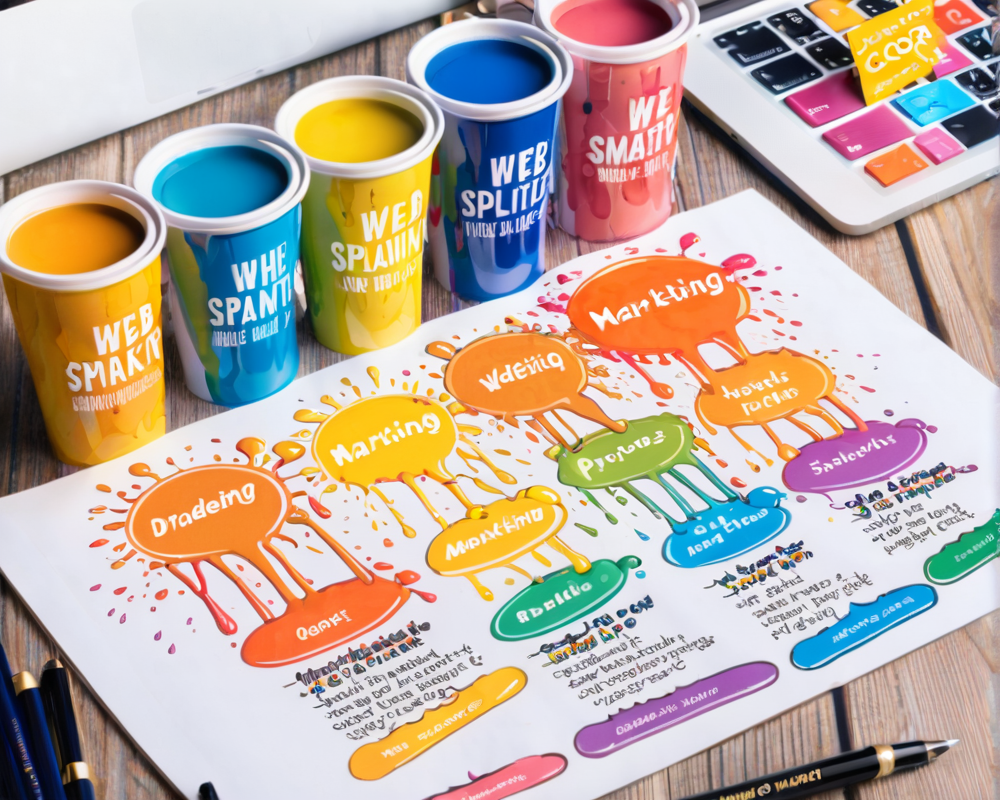Generative Art Finds Its Foothold at MoMA
Last month, the Museum of Modern Art (MoMA) in New York made headlines that would make even Andy Warhol’s iconic soup cans jealous. They welcomed Refik Anadol’s “Unsupervised — Machine Hallucinations” and Ian Cheng’s “3FACE” into their hallowed halls, marking a significant moment in the history of art, AI, and NFTs. For the first time ever, these cutting-edge creations joined the ranks of classics like Vincent Van Gogh’s “Starry Night,” making the art world collectively gasp.
Pioneering Tradition Meets Modern Innovation
MoMA has always been on the bleeding edge of art and technology. From their 1968 exhibition “The Machine as Seen at the End of the Mechanical Age” to this year’s “Signals: How Video Transformed the World,” they love to play in the sandbox of the avant-garde. Their latest acquisitions fit right into this tradition, embodying both a quirky charm and a rigorous exploration of new technological realms. Get ready, because this isn’t just a collection—it’s a revolution.
The Fall Lineup: More Than Just Eye Candy
Along with their high-profile acquisitions, MoMA has rolled out an impressive lineup of digital art programming for the upcoming seasons. Expect to see Leslie Thornton’s “HANDMADE” (2023) and an exciting online exhibition featuring Feral File. Not to mention their avant-garde Postcard project, which is giving new meaning to message-sending in the digital age. Talk about putting the ‘art’ in ‘smart!’
Understanding the Magic Behind “Unsupervised” and “3FACE”
Now, let’s geek out a bit. “Unsupervised” is a visual masterpiece created with the help of a supercomputer, feeding a whopping 138,151 pieces of visual metadata to create a dazzling spectacle of machine-learning art. Critics have raved about it, and after its extended display, visitors are still buzzing from the awe they experienced.
- What makes it so special? It challenges traditional definitions of authorship and art.
- The installation was made possible through generous donations from notable NFT collectors and was co-created with the additional nurturing of Anadol himself.
On the flip side, Cheng’s “3FACE” explores the very essence of identity through blockchain technology. Each of its 4,096 unique editions depicts a dynamic portrait shaped by the owner’s wallet data, pushing the boundaries of how we perceive both art and human psychology. It’s like your digital self on a mood ring!
Art’s New Vocabulary in the Digital Age
As generative art gains traction, it forces us to question our long-standing beliefs about artistic value. In a world where AI and digital mediums redefine creativity, artists and audiences alike need to engage in deeper dialogues about what constitutes art. Cheng articulated it perfectly when he said, “The endgame of generative AI tooling is a new immediacy between thought and visual articulation.” Imagine cranking out a film with just your imagination—no directors, no script, just pure creative flow!
The Future Is Bright—and Bizarre
MoMA’s latest moves signal a watershed moment for the museum and the wider art world. Collecting NFTs isn’t just a quirky fad; it’s about acknowledging the shifting landscape of cultural production. Old timers might pinch their noses at “AI art” like an unwelcome smell, but 10 years down the line, a plethora of new creative voices will emerge, fueled by technology and innovation. Artistic agency will no longer be a privilege reserved for a select few. And that, my friends, is a good thing.




